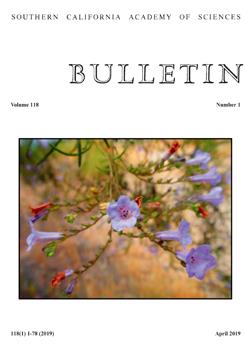Microalgae photobioreactors are among the most effective systems for capturing gaseous CO2, the main contributor to global warming. Their capacity to generate massive amounts of biomass has been exploited serendipitously to sequester CO2 and explicitly to remove nutrients from municipal wastewater. Unfortunately, research in this area has not included merging these dual capacities to address global warming. Instead, most are focused on thermolytic conversion of biomass into energy which in end returns CO2 to the atmosphere. In this study, we investigated the potential of combining the two microalgal capacities (that of deriving nutrients from municipal wastewater and metabolic carbon from atmospheric or industrial CO2 supplies), into an integrated means of reducing nutrients in ocean-bound wastewater and CO2 in the atmosphere simultaneously. The test species used in this study was Chlorella vulgaris (C. vulgaris); the turbidity of C. vulgaris was used as a measure of yield in biomass. Our results show (i) that an open photobioreactor, and not a closed one, is the most productive, especially when augmented with industrial CO2 (hence making a strong case for scrubbing CO2 gas from industrial sources), (ii) that a mechanically agitated C. vulgaris culture is more productive than a static one, (iii) that without mechanical agitation, 32 ± 3 days of incubation are needed to reach the maximum yield of an open photobioreactor, (iv) that the optimal proportion of wastewater (%WW) required to support C. vulgaris growth is 80 ± 3%; at least 33%WWis required to observe growth above background, and (v) that without intervention, the upper pH limit of a WW-based C. vulgaris culture is 8.69 ± 0.09. Two mutually independent models are proposed to aide in scaling up an open WW-based C. vulgaris photobioreactor.
How to translate text using browser tools
17 April 2019
Optimizing a Municipal Wastewater-based Chlorella vulgaris Photobioreactor for Sequestering Atmospheric CO2
Patrick Kim,
Ochan Otim
ACCESS THE FULL ARTICLE





